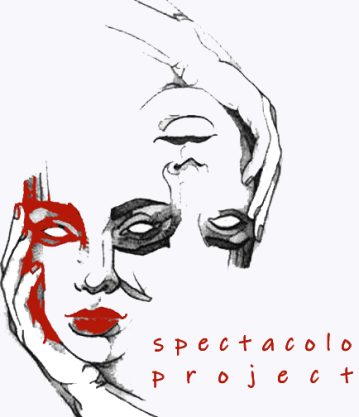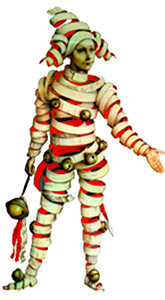Sound design for theater vs sound design for films
Let’s discuss now the differences between sound design for theater and sound design for films and TV.
First of all, when talking about theater, we refer to actors live performing in front of the audience, on stage. That means they create their own sounds, even by just breathing and walking. Sounds and music shouldn’t cover these human-created sounds, unless it’s a decision, you, as a sound designer, have taken for your reasons.
In film industry and TV shows, due to advanced technology, the viewers watch a dramatized story, full of colors, sound effects and pretty much everything that will make them believe what they see is real, leaving no space for imagination to jump in.
In theater, the audience wants to dive into the story and believe what they see is real and, of course, lighting and sound design can help them through. However, sometimes sound designers tend to overdo it, adding too many sound effects and foley sounds, causing the exact opposite result. So, as a sound designer, try to find the golden mean between using too many sound effects and too few. What you have to do is to watch the show by the audience’s point of view.
Another major difference between theater and films is the actual set space the show takes place. In movies, the experience perceived by the audience is a two-dimensional one, as they watch the projection of the actors in a flat screen. What makes the experience three-dimensional, in a way, is the sound produced by the strategically placed speakers around the seats.
However, in theater the experience is already a three-dimensional one and the sounds can come either from onstage or out of it, extending the physical space it occupies. As a sound designer, you can “decor” the sounds you have created with the proper lighting, collaborating with the lighting designer, making the experience more immersive.


